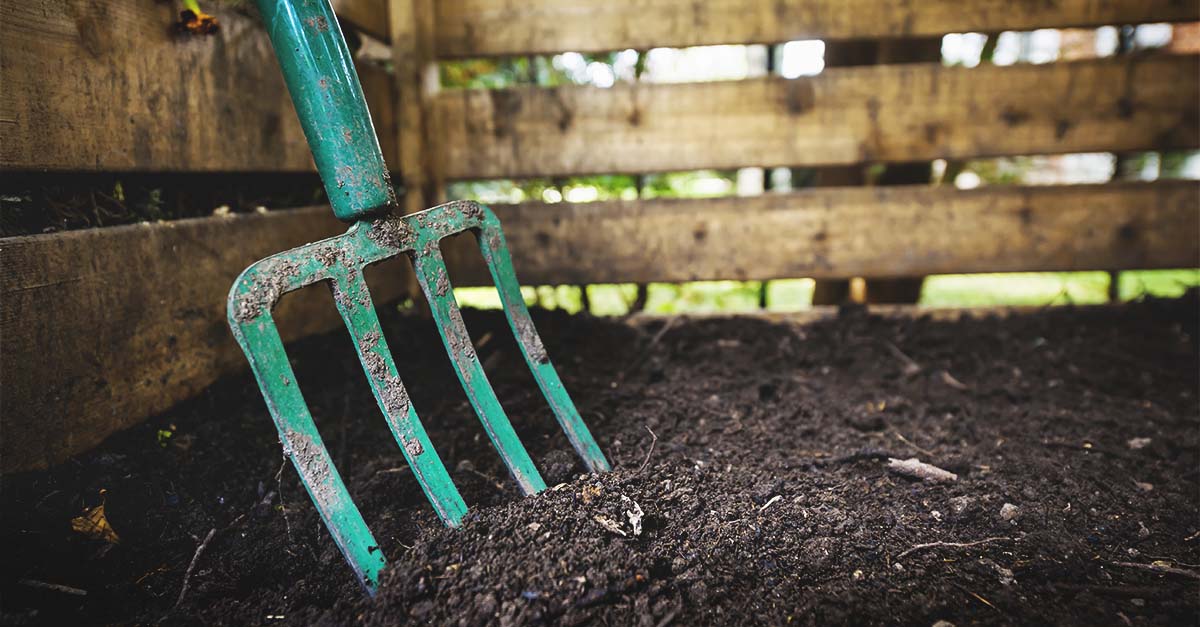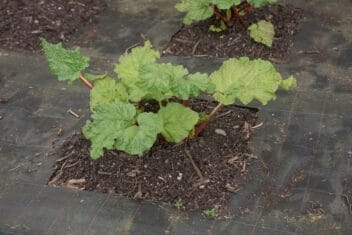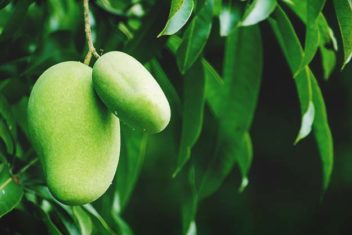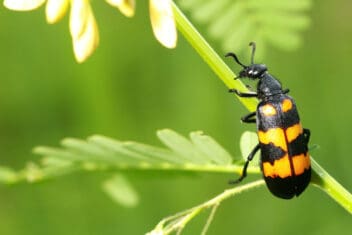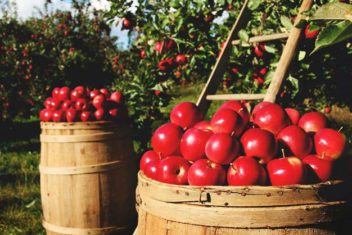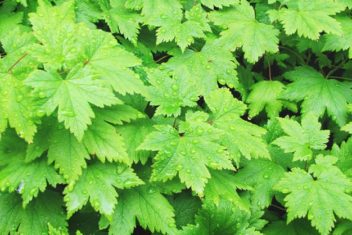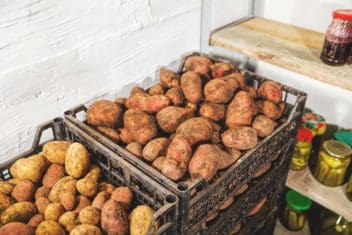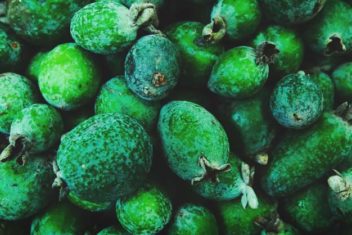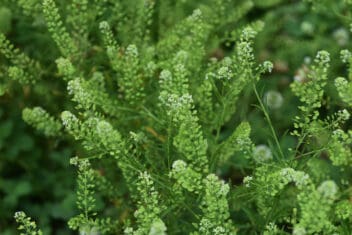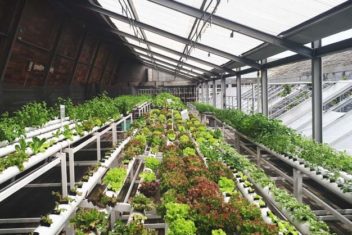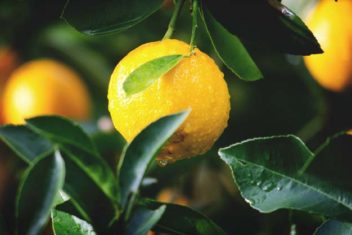Compost tea is a fabulous soil conditioner and plant fertilizer that you can create right at home. Not only is it inexpensive to make from your own ingredients, but you can tweak recipes to meet the specific needs of your plants.
If you’re new to compost tea, make sure to get familiar with the process before diving into this article. Then, once you’re ready to take things to the next level, read on.
It’s useful to know how to tweak your compost tea for several reasons. Maybe you had blossom end rot, or your cabbage leaves turned purple. These are both problems caused by a lack of nutrients that aren’t getting from the soil to the plant. You can address these with the right compost tea.
By using some advanced composting methods and a few tried-and-true techniques for making compost tea, you’ll be well on your way to having your happiest garden ever.
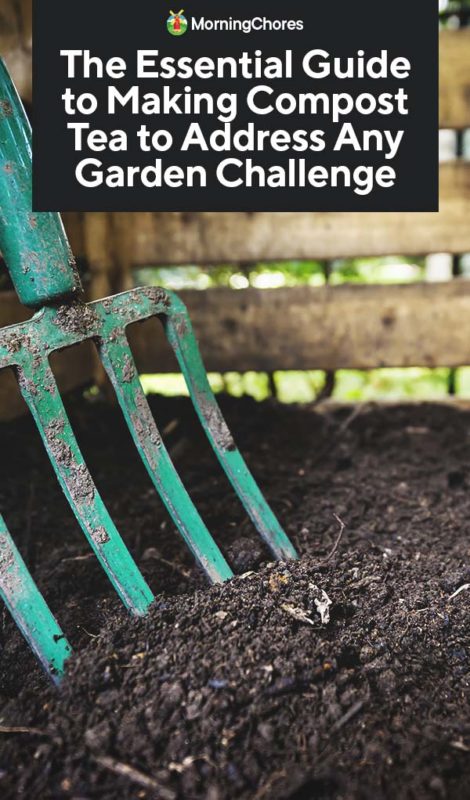
Different Ailments Call for Different Teas
Did your mother make you mint tea when you had a cold, or put slippery elm in tea when your throat hurt? That’s because mom knows what’s best. She used the right remedy to suit the ailment.
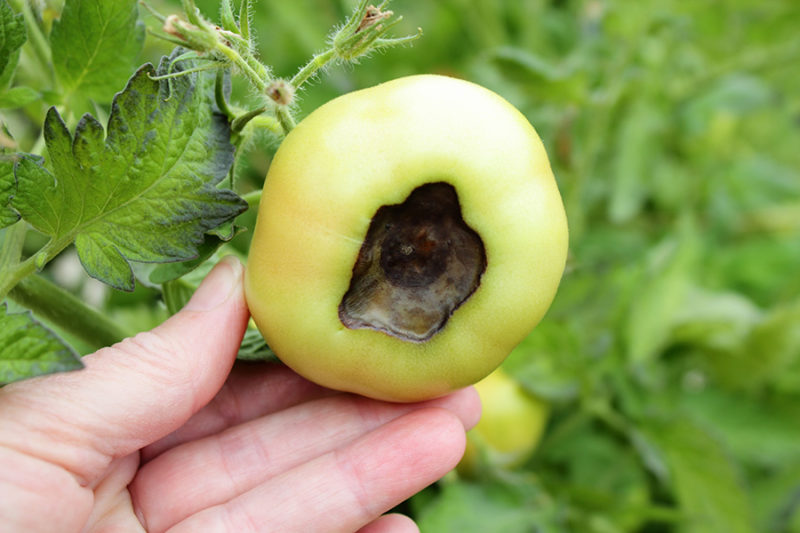
You can do that for your soil. To deal with tomatoes that have blossom end rot, for instance, you’ll have to address the lack of absorbing calcium from the soil. So how can we make calcium more available to your tomatoes?
That’s what we do when we talk about advanced ways to make compost tea. We adjust the ingredients to address the problem.
What’s in Compost?
Your soil and compost are full of microbes and bacteria. A lot of these bacteria are beneficial to plants. Think about the probiotics in yogurt. The probiotics work in your intestines to provide bacteria that help you digest food. It’s the same idea with the bacteria in compost.
Annuals, especially vegetables, do best when they have access to a lot of beneficial bacteria. These bacteria work with the plant to help it absorb food or fight disease.
When making your compost tea, you want to make sure that your mix contains a lot of the necessary bacteria so that your plants will thrive. You also need to provide things for the bacteria to eat so that they will multiply.
In the case of beneficial bacteria, more is always better.
How Does This Apply To My Compost Pile?
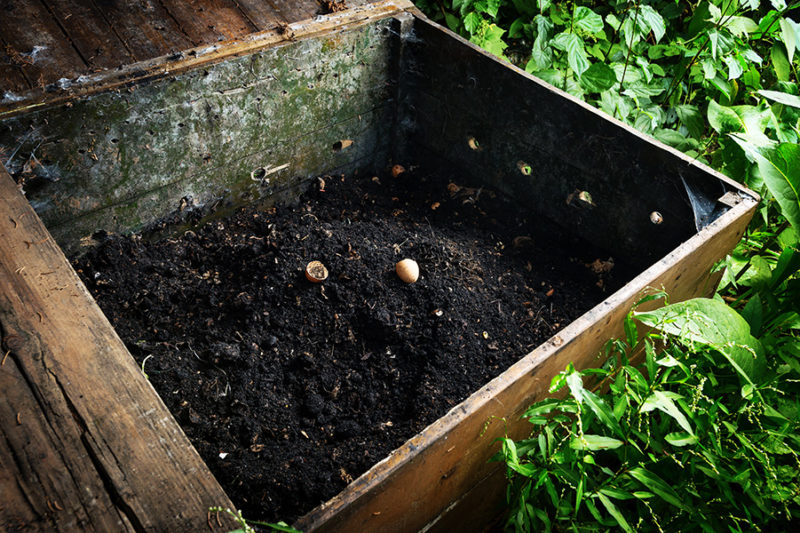
When building your compost pile, you can help encourage bacterial growth. You do this by shooting for a low carbon to nitrogen ratio.
I use a popular composting method that utilizes layers in the pile. These layers are then integrated by earthworms, beetles, and microbes. When I layer my compost bed, I aim for the right green to brown matter ratio. Ideally, this would look like 30% dry straw (brown material), 45% grasses (green material), and 25% animal manure (nitrogen).
In my world, the carbon (straw) and the manure (nitrogen) are all mixed up because I use the straw as bedding in the stalls. If the stalls appear to have a lot of manure, I simply take a few flakes of straw and shake them onto the pile to add more brown. This keeps my carbon level up.
Does Compost Tea Help Control Disease in My Garden?
Compost tea applied to the soil and directly onto the plant’s leaves via foliar spray help control disease. Remember, though, that this method is a preventative, not a cure.
The beneficial bacteria in the compost tea work to provide a protective coating. This protective coating basically forms a wall so that the disease organisms can’t enter the plant through the stomata. Plants also have a higher resistance to disease because they’re healthy.
Is Compost Tea A Fertilizer
When it comes to using compost tea as a fertilizer, there’s some debate. In conventional agriculture, things such as erosion, leaching, and compaction can cause the loss of nutrients from the soil. We also know that nutrients are removed when crops are harvested. When we add decaying or uneaten parts of the plant into our compost, we help continue the nutrient cycle. This helps increase fertility over time.
We can think of compost as something that improves the condition of our soil. It adds organic matter, which allows for better air circulation and water drainage. Compost is also a fertilizer because it does have an NPK rating.
Compost contains a host of macro and micronutrients. When we add these nutrients to additional amendments in our tea mix, we produce an effective fertilizer. Using amendments can help tailor our compost tea to meet specific needs.
For instance, tomatoes need extra calcium and phosphorus. By adding liquid bone meal to our tea, we increase the likely hood that our plants will have the nutrients they need.
While compost will be feeding your garden over the long term, your compost tea also feeds your garden but offers more immediate results.
Adding To Your Compost Tea
Do you take sugar or milk in your tea? I have a morning ritual. First, I brew myself a cup of green tea and add a heaping spoonful of my own honey. I do this for two reasons. One it helps my allergies. Two, I have a big-time sweet tooth.
Just like us, sometimes your plants need a little something in their tea. Compost is the basic ingredient for your tea. However, other ingredients will enhance the compost tea and offer more benefits to the plants. These additions also increase the plant’s growth and help protect it from diseases.
Best Amendments To Add To Your Compost Tea
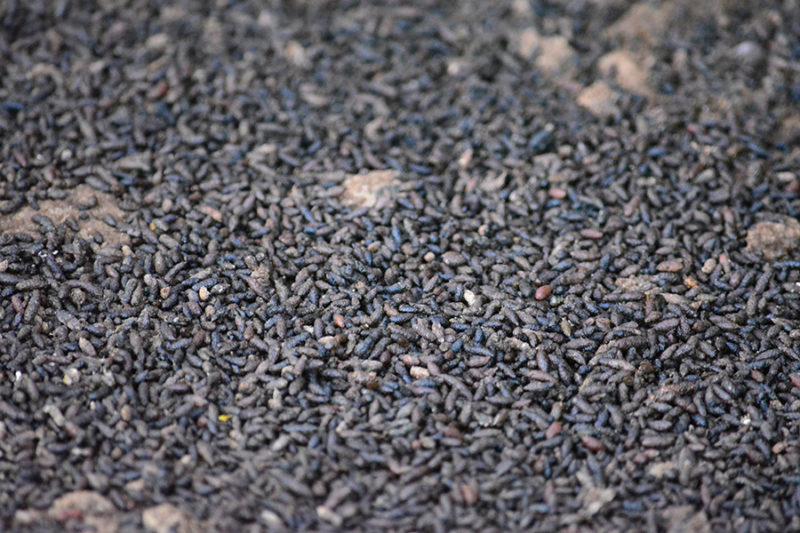
There are a number of things that you can add to your compost tea to give it an extra boost. Some of these things we may use in our garden on a regular basis. Some, like bat guano, are a bit more exotic and things you would probably need to buy online.
- Kelp: Either liquid or powdered, kelp helps battle bad fungi. Kelp also provides micronutrients and minerals.
- Sugar: Bacteria love sugars. It helps them grow and divide. Black-strap molasses provides sugars and minerals for plants. You can also use cane sugar or maple syrup.
- Worm castings: Worm casting have a high number of beneficial bacteria and work well in compost tea.
- Humic acid: These molecules bind to plants and help improve nutrient intake and yield
- Alfalfa meal: Alfalfa is high in nitrogen and a good source of the growth regulator Triacontanol.
- Fish Hydrolysate or fish emulsion: Fish by-products are high in nutrients.
- Liquid bone meal: Bone meal adds calcium and phosphorus to your tea.
- Bat guano: basically bat manure, this ingredient contains beneficial microbes that break down organic matter.
Compost Tea Recipes
1. Basic Recipe
This is your basic compost tea recipe. This should brew for 2-3 days and can be used on soil or sprayed onto plants. This recipe provides some extra nitrogen and micronutrients.
- 4 cups good, aerobic, nice-smelling, fully finished organic compost
- 2 tablespoons unsulfured blackstrap molasses
- 2 tablespoons organic liquid kelp fertilizer
- 1 tablespoon organic liquid fish fertilizer
2. Tomato Compost Tea
To make compost tea that benefits tomatoes, you’ll need a five-gallon bucket. In it, mix:
- 2 cups of well-aged compost
- 1 cup of vermicompost
- 1/2 cup of liquid bone meal
- 2 tablespoons of humic acid
Stir or use an aerator several times a day to combine. Let brew for two or three days.
3. Bacteria-Dominant Compost Tea
This recipe is perfect for most vegetables, except brassicas, which need more fungi in their tea. It makes about 5 gallons.
- 4 cups of vermicompost
- 2 tablespoons of concentrated fish emulsion
- 1/2 cup of blackstrap molasses
Mix them together vigorously and then let sit. Let it brew for about three days, stirring several times a day.
4. Large Batch Recipe from the Compost Tea Brewing Manuel
This is a basic, starting-point bacterial tea recipe that makes about 50 gallons. To start, you’ll need a container big enough to hold and brew all the ingredients. Then, add:
- 15 pounds (7 kg) bacterial compost
- 16 ounces (500 mL) blackstrap molasses (dry molasses does not substitute)
- 8 ounces (250 g) soluble cold-water kelp
- 1 to 6 ounces (30 to 200 mL) liquid, filtered plant extract material (for example, yucca extracts, nettle soup, dandelion wine, comfrey tea), proteins, fruit juices, fruit pulp, fish emulsion
Add nothing with a preservative or antibiotic in it. Aerate frequently each day for up to a week.
Basic Rules For Compost Tea Brewing
Water
Use water that is free from chemicals such as chlorine. Rainwater works well. You can also evaporate the chlorine out of tap water. Fill your five-gallon bucket with tap water and simply let it sit for 24 hours.
Temperature
The temperature at which the tea brews is important. You want your beneficial bacteria to be happy and multiplying. Ideally, your water temperature should be between 65-80°F. Bacteria prefer it to be warm but not hot.
Keep in mind that the temperature of the water should be similar to the temperature in your environment. If you spray warm compost tea on a cool plant, the bacteria and microbes are going to slow down and not work as well.
Take Away
By stepping up your game you can improve the benefits of your compost tea. By using amendments that meet the problem you are having, you will grow healthier and more productive plants.
